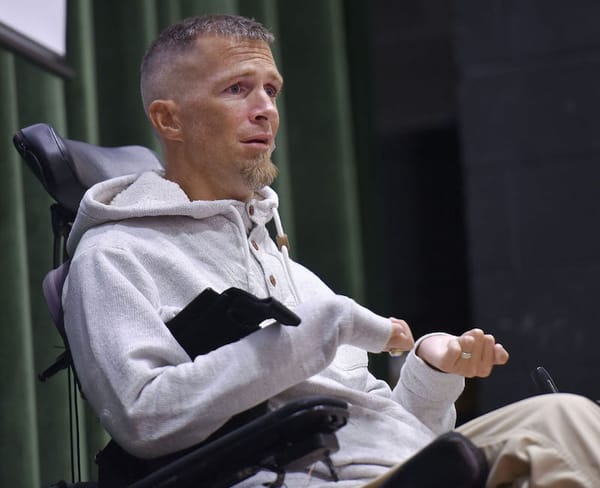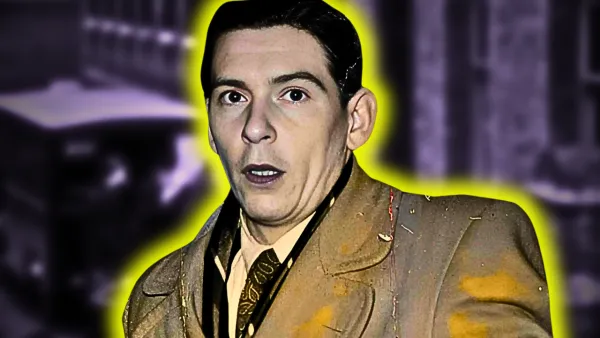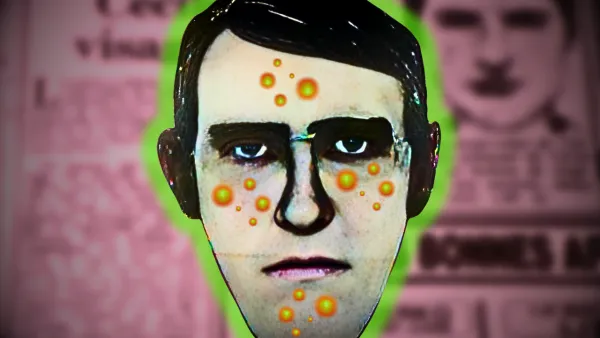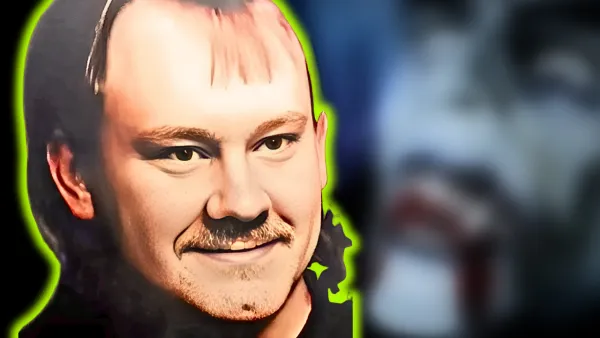The Unspeakable Horrors of the Mauerova Kurim Cult Family (Part 1 of 2)

On the morning of May 7, 2007, in the quiet town of Kurim, South Moravia, Czech Republic, Eduard Trdy woke up to a bizarre sight. The baby monitor he had set up in anticipation of his first-born’s arrival, instead, broadcast an image that would haunt his nightmares forever: a small, naked boy he did not recognize, his hands bound, playing with a roll of Scotch tape.
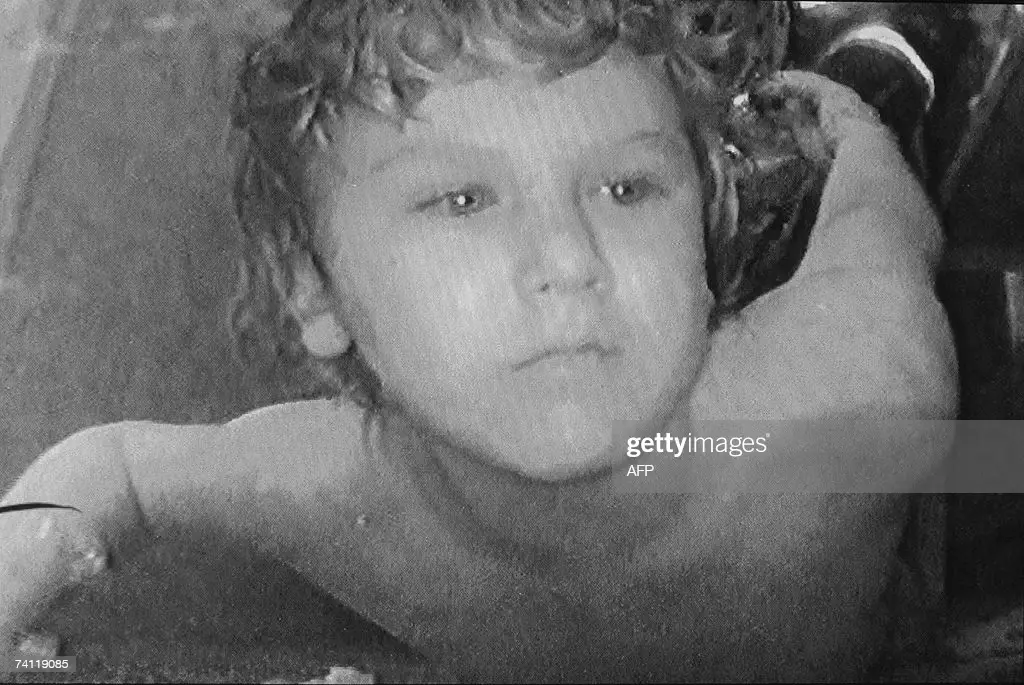
Eduard had woken up early to prepare for the unboxing of baby necessities, as his wife had gone into labour that morning. The sight of the strange boy was startling, but what was even more disturbing was that he didn’t seem miserable — rather, he appeared to be playing as if it were just another day in his life. Assuming it was a technical glitch, Eduard left for work, but when he checked again six hours later, the boy was still there, still bound, and appeared to be eating something off the floor. Terrified and confused, Eduard called the police.
The prime suspect was his next-door neighbour, Klara Mauerova, a 29-year-old recluse who had lived there for a year and a half. When questioned, she denied the existence of any boy in her home, claiming she lived only with her 13-year-old daughter Anicka, who she claimed would react badly to strangers. The police, suspicious and cautious, decided to investigate further.

The investigation led them to a padlocked door in Klara’s home, leading to what appeared to be a closet or a small room under the staircase — reminiscent of Harry Potter’s room at 4 Privet Drive. As firefighters cut the lock, Klara, her elder sister Katerina, and Anicka put up a fight, adamantly refusing to allow access. Anicka, despite appearing like an average teenager, behaved like an infant, crawling, babbling, and rocking herself — a clear sign of developmental challenges.
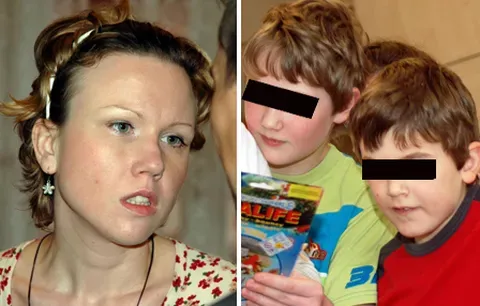
The sight that met the officers upon opening the door was beyond human comprehension. A wave of nauseating odour, the accumulated stench of human excretion, vomit, and the lack of ventilation, assaulted their senses. The temperature inside was nearly 90 degrees Fahrenheit, adding to the suffocating atmosphere. There, inside the horrid room, was the boy from the baby monitor — eight-year-old Ondrej, naked and shackled.
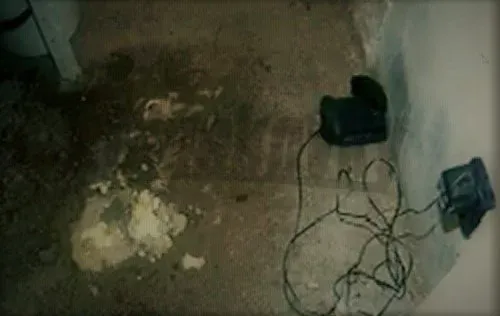
Accusations flew as the horrifying reality set in. “What have you done?” the officers screamed at Klara. Her only reply was a tearful and cryptic, “You don’t understand, you will never understand.” As the authorities rushed to save Ondrej, the boy did something that revealed the full extent of his trauma: he looked into the camera they used to photograph the scene and smiled.

At the hospital, the reality of Ondrej’s ordeal began to reveal itself. Although initially calm, asking for his mother and behaving as if he had just suffered minor scrapes, the boy’s trauma began to emerge — paranoia, delirium, and night terrors. In the confines of a barren room, with the images on the wall morphing into terrifying entities, Ondrej descended into a psychological abyss. Nurses and doctors struggled to soothe him as he screamed and pleaded, “Just kill me. Please just kill me.”
Ondrej’s body bore the signs of his horrific ordeal — long scars running down his arms and back, welts on his genitals, and a large circular scar on his buttocks. His story revealed that the abuse began in December 2006 when Klara had pulled him from school, citing hearing problems. From then on, Ondrej lived every minute in total darkness under the stairs.
Among the victims was also Jakub, Ondrej’s ten-year-old brother, who bore similar marks. Initially reluctant to reveal the truth behind his scars, Jakub finally admitted the horrifying reality: their mother had taken a three-pronged dinner fork and scraped it down their skin, over and over again. The welts on his groin were cigarette burns, inflicted by Klara after she finished smoking.
Amidst this grim narrative, there was another victim: Anicka. The staff at the children’s institute found her impossible to treat due to her aggressive behaviour and her refusal to let them examine her extensive scarring. But on May 12, five days later, they discovered she had disappeared, likely having climbed out of a window. This development sparked a desperate search, as the mentally challenged girl was now potentially alone and lost in the unforgiving Czech woods.
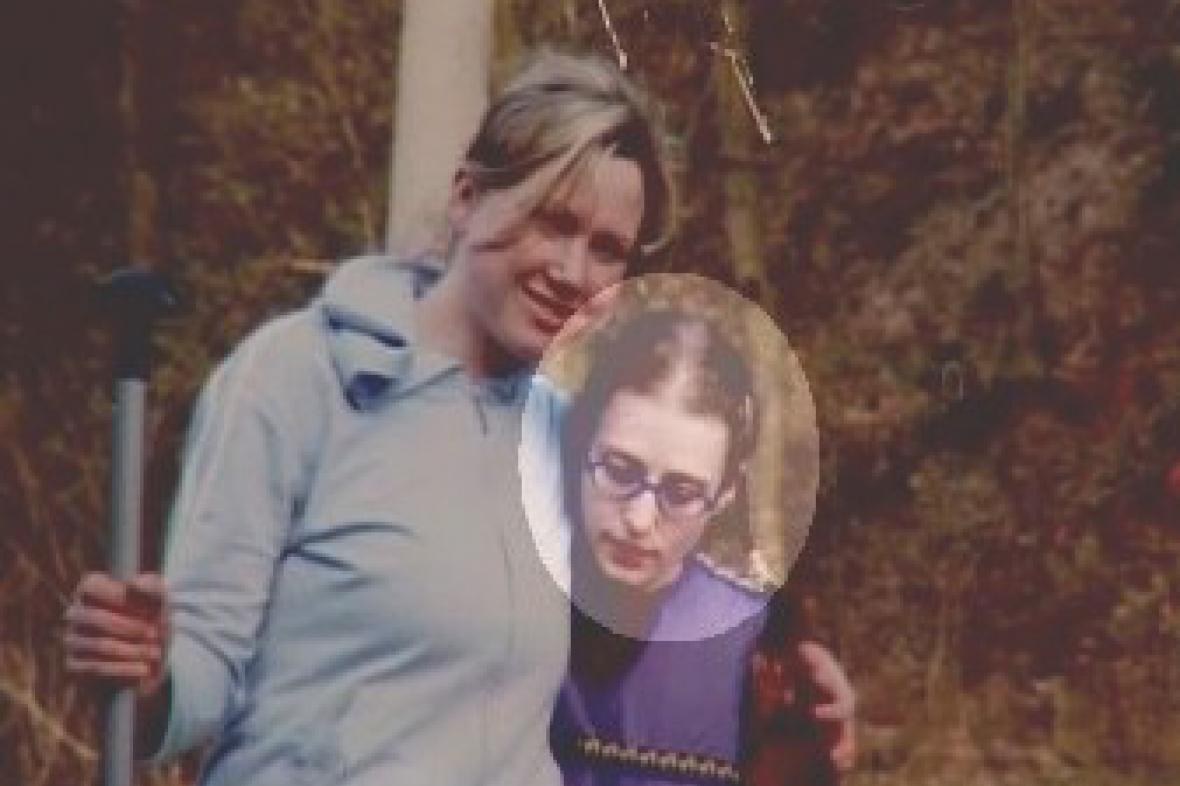
The Kurim case is a chilling reminder of the unspeakable horrors that sometimes lurk beneath the façade of everyday life. It serves as a sobering wake-up call, urging us to be more vigilant about the unseen nightmares that may be occurring in our very neighbourhoods. For the victims, it’s a harrowing journey towards healing, and for those of us who hear their stories, a stark reminder of the need for empathy, vigilance, and action.


